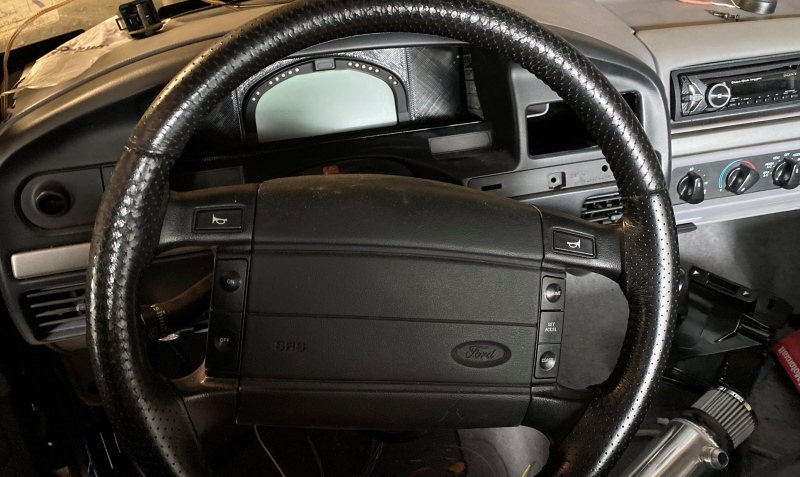From what I have learned, (and it gets as bad as 3D printing stainless steel) is you can either print them to get the purpose done which makes them lighter and more hollow, or longer prints that are more solid. If its solid enough, you can do alot of smoothing before you even deal with primer.
Its what we are all going to have to deal with eventually. There are 200,000 square foot facilities for the printed metal whatever you want to call it, powdered, fused, welded. Being a metal finisher, I usually see alot during pretreatment. This was a simple 20.00 handle from home depot, but engineers want new technology, so they had them 3D printed in stainless, had done them in titanium too. 360.00 each. the radius of the handle was darker, which saw more heat after a phosphate treatment.
I remember seeing Kindigit do a louver panel in their printer and they purposely made it heavier where it was more important. So If its heavier, I would say sand it smoother.
Part of me thinks its like carbon fiber, and people want you to know its carbon fiber so clear is the answer. Leaving it as is without smoothing shows it is printed. I guess you have to like the look though.


